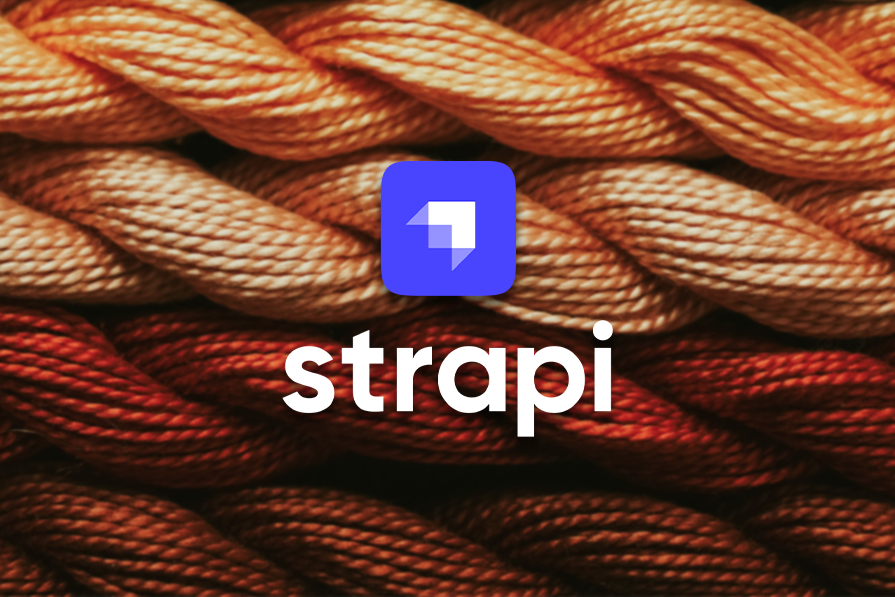Strapi adoption guide: Overview, examples, alternatives

Overview
Strapi is an open-source headless content management system (CMS) that provides developers and businesses with a flexible and customizable solution for managing content. Unlike traditional CMSs, Strapi is designed to work well with modern frontend frameworks and mobile apps.
Examples
To get started with Strapi, you can set up a content schema, create entries, and publish them. This data can then be accessed through APIs and integrated into your projects. Strapi also allows you to define roles and permissions to secure access to your content.
Alternatives
While Strapi is a popular choice for headless CMS, there are other alternatives available. Some of the notable alternatives to Strapi include:
- Contentful: A cloud-based headless CMS that offers a user-friendly interface and powerful API capabilities.
- WordPress with a headless framework: By combining WordPress as a backend CMS with a headless framework like Next.js or Gatsby, you can achieve similar functionality to Strapi.
- Ghost: A blogging-focused headless CMS that provides a simple and intuitive interface for content creators.
Each alternative has its own set of features and advantages, so it's important to evaluate them based on your specific requirements and preferences.
Overall, Strapi offers a flexible and developer-friendly solution for managing content, with features like customizable schemas, role-based access control, and extensive plugin support. It can be used with any frontend or backend framework, making it a versatile choice for a wide range of projects.